Interview with Massimo Sansolini, a man who for 50 years was in charge of carrying the papal gestatorial chair
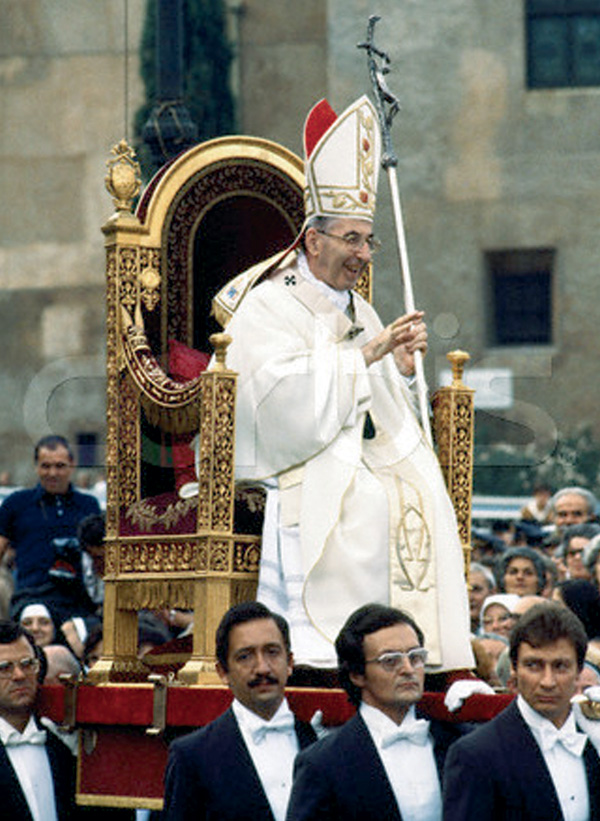
A young Massimo Sansolini with moustache, carrying the gestatorial chair in which Pope John Paul I was carried
Since 1964, Massimo Sansolini has been a papal “sediario.” This is a title that sounds ancient and also somewhat mysterious. In effect it means that he has lived almost half a century in the shadow of the Popes, and has met almost all of their guests. A dozen years ago, Sansolini collected anecdotes and trivia in a book which soon went out of print. Now he has published a diary in which he allows all the faithful to relive, through his memories, the intense moments of the transfer of the remains of John Paul II from the Apostolic Palace to St. Peter’s Basilica, with an added value: the description of the meetings of John Paul II and Benedict XVI with the sick during papal audiences. Inside the Vatican interviewed him.
You have lived half a century of Vatican life from within. But what is a papal sediario?
Massimo Sansolini: The word itself expresses it covertly for people who do not know this wonderful and amazing Rome. It is a person designated to transport the gestatorial chair (“sedia gestatoria” in Italian), a chair carried by 12 people, on which the Pope sat during the most important ceremonies. There were two types, one carried by 12 people, and one for smaller environments carried by eight people (it was called the “sediola,” the “little chair”).
But now the sedia gestatoria is no longer used. What does a sediario do today?
Sansolini: Perhaps one day the chair will be used again. I am not the only one who hopes so, and for a reason. The sedia gestatoria allowed everyone to see the Pope. So I would say there was a sense of its being a “showing chair”—it showed the Vicar of Christ to all believers.
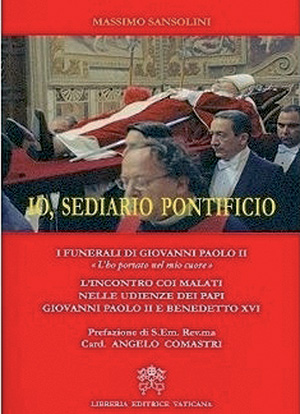
The cover of the book Io, sediario pontificio (“I, Papal Sediario”) by Massimo Sansolin
Now our jobs, except for the sedia gestatoria, are the same as always. We use the first of the rooms of the official apartment of His Holiness—the “Hall of the Sediari” on the second floor (“loggia”) of the Apostolic Palace—the room through which guests pass after the Sala Clementina for an audience with the Pope. Every day the collaborators of the Pope pass by, and then there are the visitors for special audiences and heads of state, monarchs, ambassadors and personalities of the world.
So it is you who welcome guests at the home of the Pope?
Sansolini: Yes, in a sense. We do it in private when it comes to few people. When guests are representatives of their political function, then we form a veritable procession that accompanies the guest to the Pope. We sediari open this procession. Then there are the employees of the antechamber of the hall and the gentlemen of His Holiness.
Is this a world to discover, with stories to study?
Sansolini: Yes. The pontificalis domus of Pope Paul VI changed the old pontifical “court,” that is, the group of lay people who collaborate with the Pope. The court was transformed but not disbanded. And in addition to the Pontifical Family, there is also the Pontifical Chapel, which gathers all the ecclesiastical officers of the Antechamber.
You talk about this and more in your book I, Papal Sediario. You tell about two special moments: John Paul II’s unforgettable funeral, and the sick who are present every Wednesday at the Pope’s general audiences. It was you who carried the body of Pope John Paul II from the Apostolic Palace…
Sansolini: For me it was not the first time. I had the honor and pain of carrying the coffins of Paul VI, John Paul I and John Paul II, and also the urn of John XXIII to his beatification.
How did your younger colleagues experience this moment?
Sansolini: The three longest hours during the period of preparation for the solemn funeral were those that came before transporting the corpse and then the coffin from the church to the Square and vice versa. We went from the Clementine Hall, where the Pope was exposed, preceded by the College of Cardinals, and then we went to the Piazza.
These were among the saddest and most painful moments of my life, and I think it has always been so for all the papal sediari in history. That is when you realize that the Pope is dead, the sacred person to whom you have dedicated your life, and you feel the pain of losing a family member. On the other hand, we know everything about a Pope. A movement tells us his feelings, joys and sorrows. We are the people closest to His Holiness except for some direct employees who live with the Pope.
What was your life like in the final moments of John Paul’s life?
Sansolini: I do not live in the Vatican, but I did not follow the news just from official bulletins. There were constant anxiety, phone calls, exchanges of information, feelings and moments in which we could access the situation blow by blow. We were close to the Pope until the end.
And now every Wednesday you are close to a very special group: the sick, in the Paul VI Audience Hall or in St. Peter’s Square. What does this mean to you?

Massimo Sansolini carries the corpse of Pope John Paul II.
Sansolini: It is a very significant part of my life. Often there are 20-30 wheelchairs, but sometimes you get more than 200. But the wonderful thing is that the sick are not asking for a miracle. They come to ask for comfort, visual comfort, a comfort that fills their heart if they see the Pope up close or from afar. The main thing is that they can see him. In the figure of the Pope they see the salvation that Christ brings us. The Pope is all for them.
All this experience has also led to a maturation in your life. You deal with many concrete things in the charitable sector. You have almost had an “unexpected vocation”…
Sansolini: In the book I talk about this sudden call to a spirituality that makes me feel close to the sick.
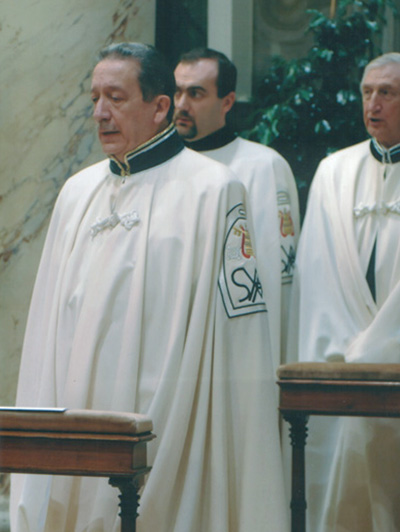
Sansolini during a Mass
I remember that I was with a group of sick people in wheelchairs. We were at a Eucharistic celebration. During the Gospel I was the only one who could stand up, and at the Consecration the only one able to kneel. And I realized that they could not do it. Then I also received Communion sitting. Since then, I have changed profoundly the way to accommodate the sick. Now I’m one of them. And I thank the Lord that made me man and “sick with the sick.” I consider it a grace which helps me to serve them better.
What can you tell us about the pontificate of Benedict XVI, now in its eighth year?
Sansolini: This Pope is a wonderfully gentle person. But he is also a strong Pope. First of all he is a priest. He is a profound theologian, as rarely happens today. What strikes me is that at every audience and especially in the Square, at the end of the audience, he approaches standing in the popemobile. I prepare some of the sick, also some who have rather marked signs of disease, and the Pope kisses every one like a relic. He kisses their suffering, and this is something really great that we did not expect from a private person like him. On this occasion he manifests his great fatherhood.
There is something very unique that we see at the audiences, but not only then. He has a passion for hats. He wears all the hats they give him. He even managed to wear the “camauro” or “saturno” in a natural way…
Sansolini: Yes, of course! What father would not wear a gift that his son has brought him with love? Every parent does it, and nobody is more parent than the Pope. And remember that his origin is that wonderful land which is Bavaria. Whoever is born there receives a character of great humanity and propensity to smile, and at the same time of great spirituality and profound thought. This temperament is very close to the Italian one.

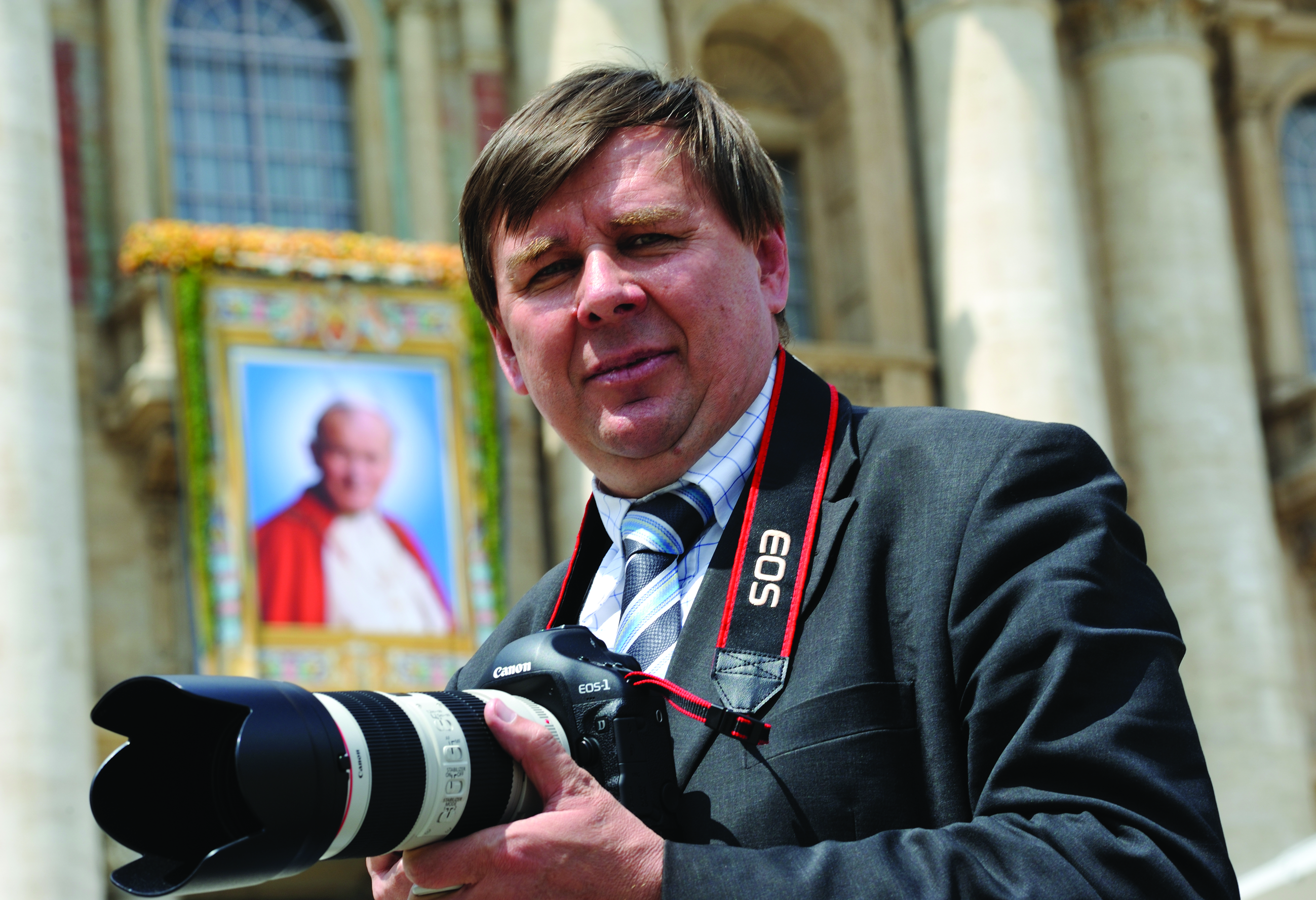
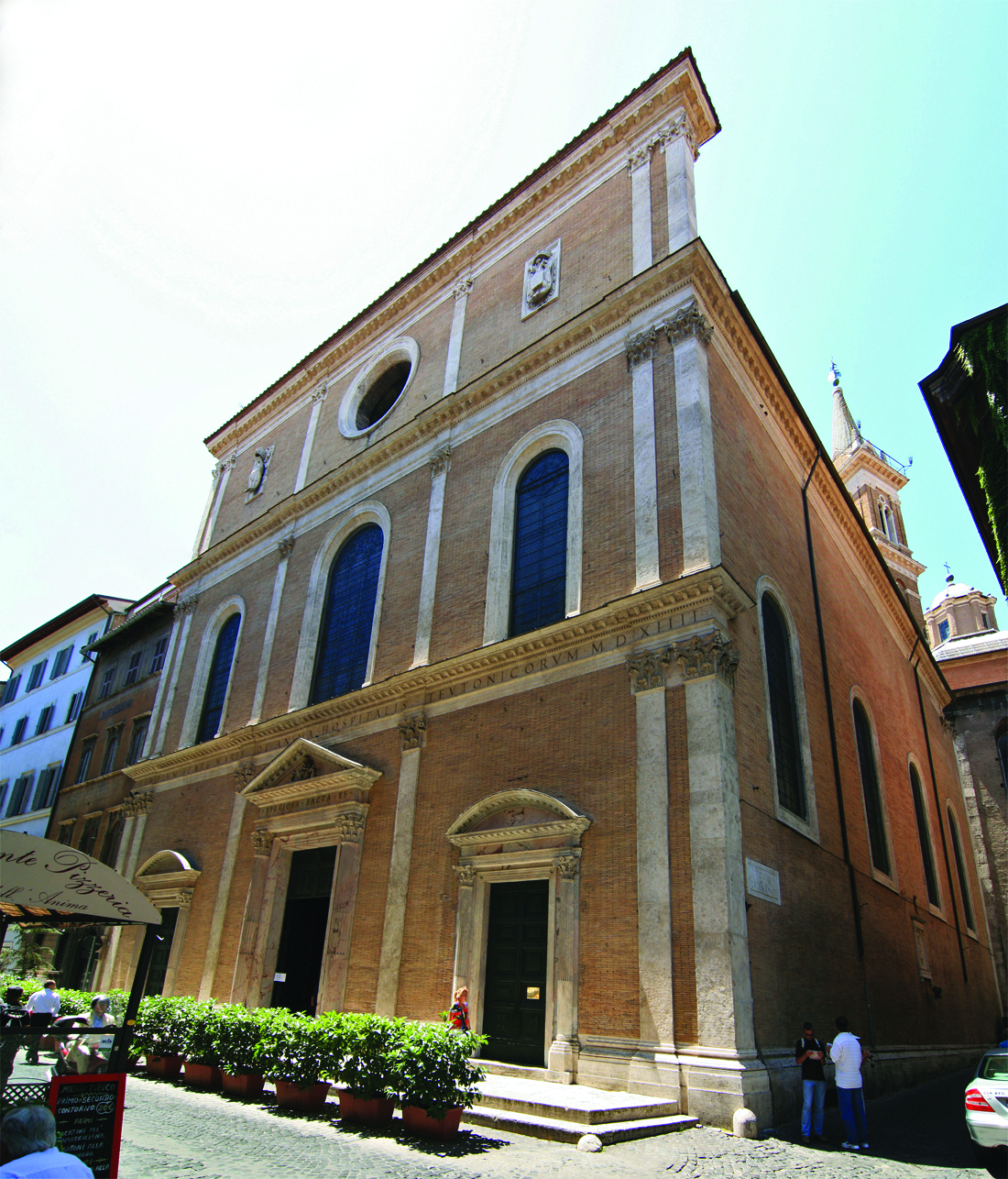
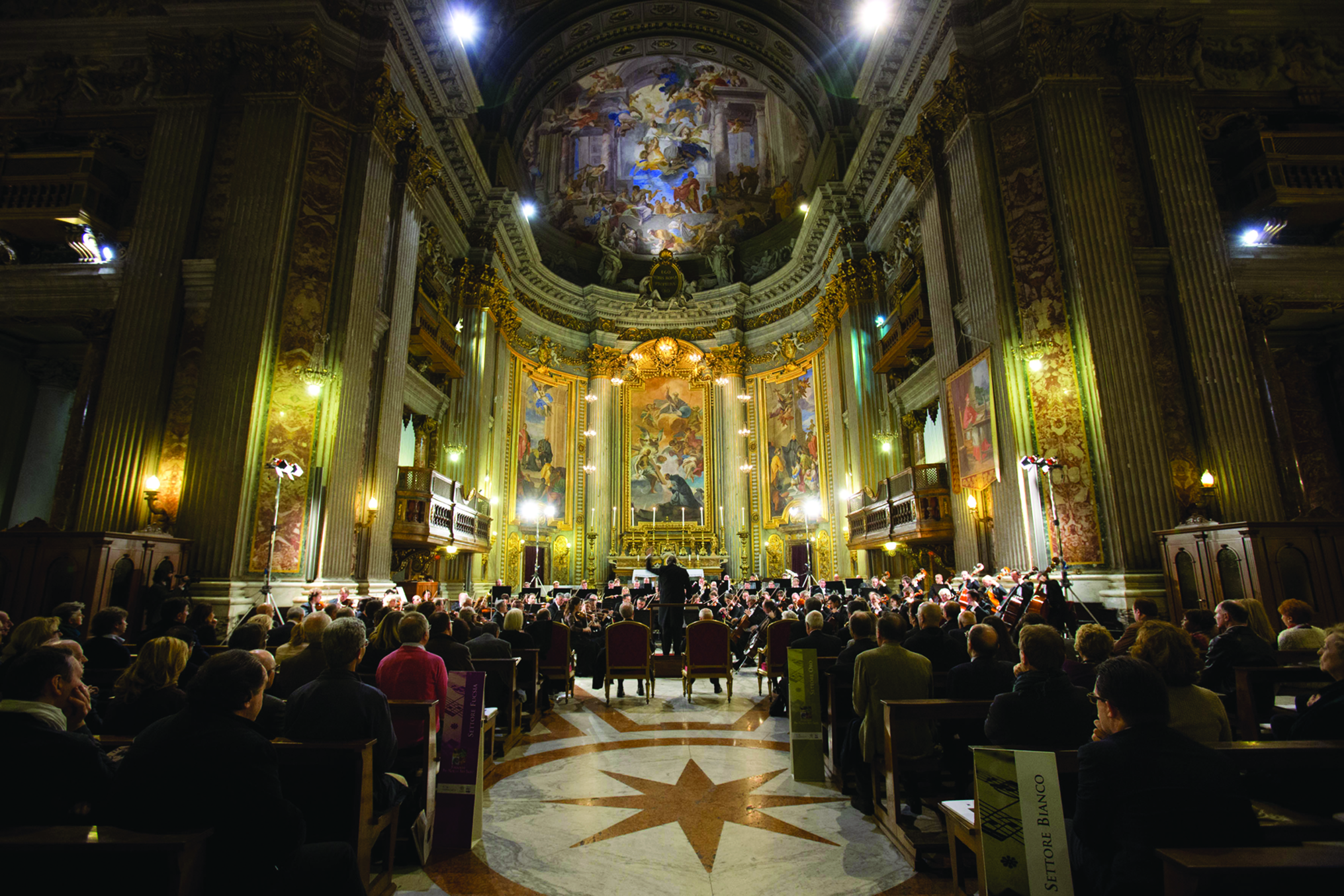
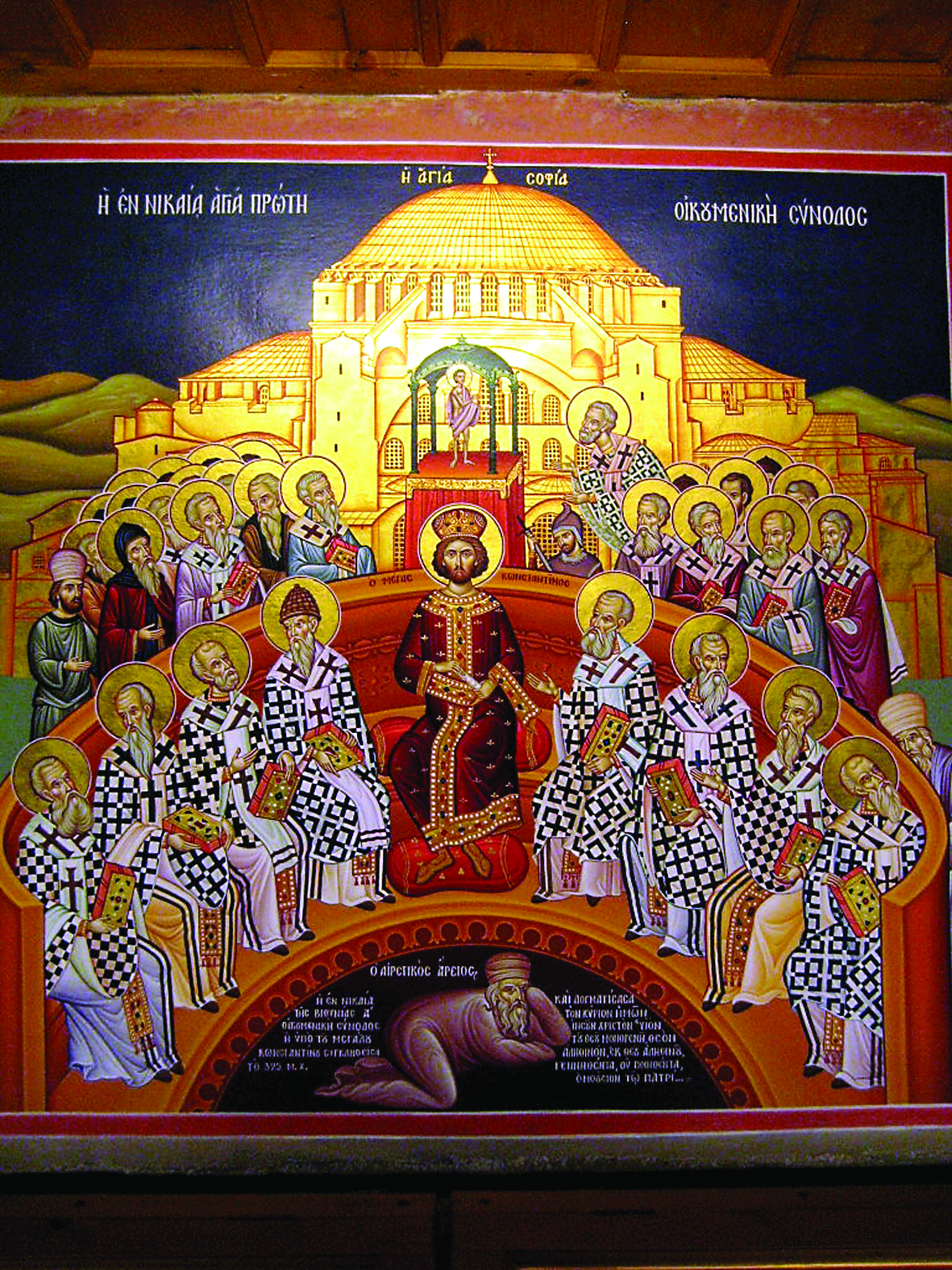
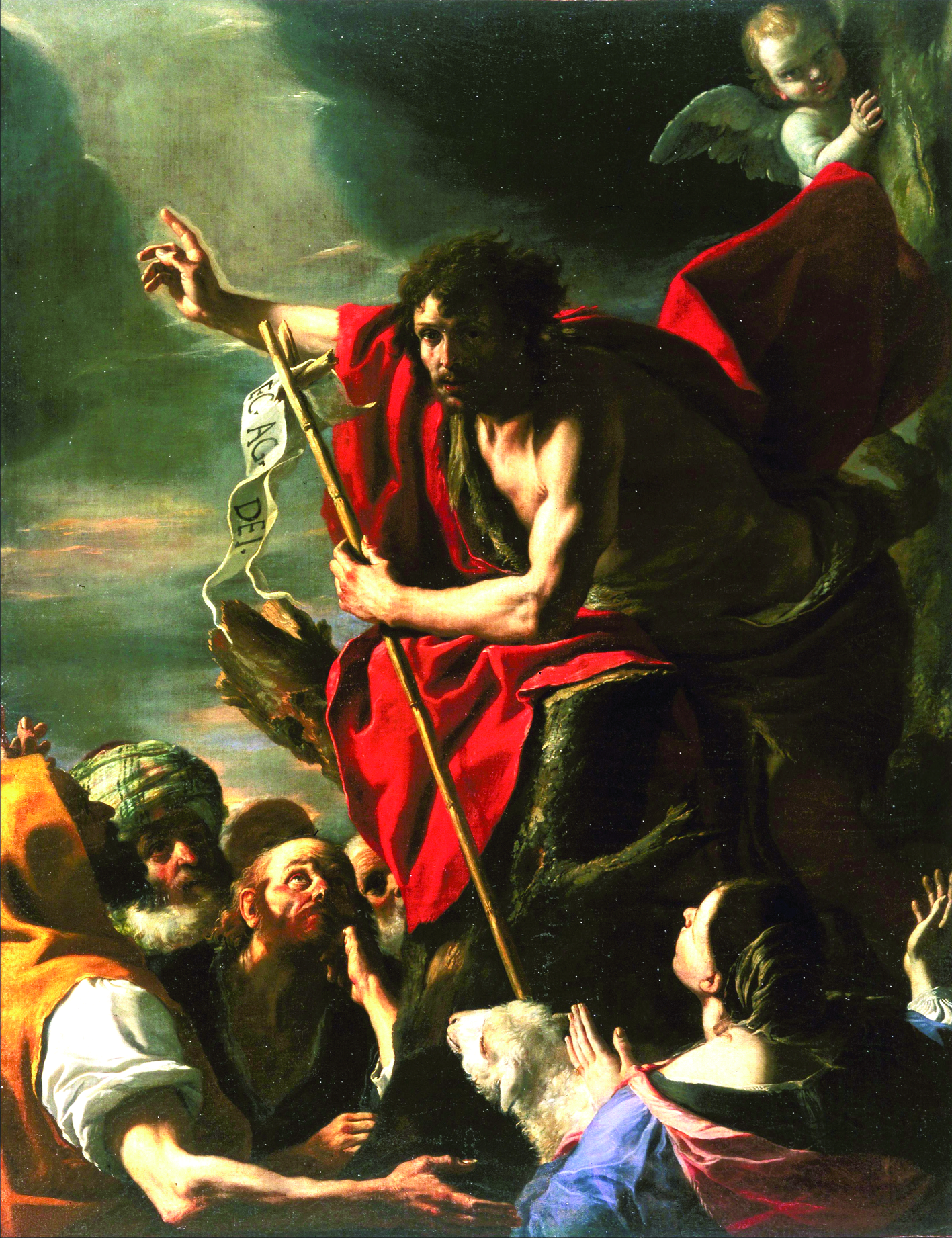
Facebook Comments